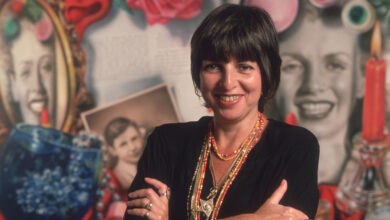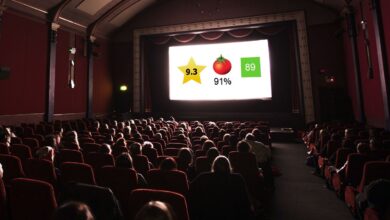Historical Society spotlights public art by women in Philadelphia

From Philly and the Pa. suburbs to South Jersey and Delaware, what would you like WHYY News to cover? Let us know!
Where have all the fish gone?
In 1961, the Fairmount Park Art Association (now the Association for Public Art) commissioned artist Beatrice Fenton to make two bronze sculptures of a schools of angel fish. They would accompany her previous sculpture, “Seaweed Girl Fountain,” installed 40 years earlier at the former Lemon Hill pond.
The fish got some pushback.
An entomologist at the Academy of Natural Sciences, Radclyffe Roberts, complained that Fenton’s fish were not sufficiently accurate to the anatomy of actual angel fish. So the Pennsylvania Academy of the Fine Arts board president, John F. Lewis, Jr., reached out to a colleague, William Henry Noble, and asked him to smooth things over with the prickly taxonomist.
“One of the difficulties of reasonably representational art…is that always someone would bob up and say that a statue is not an actual fish, lion, giraffe, general, or Indian,” Lewis wrote in a letter to Noble. “I would hate, at this stage of the game…for this fine sculptor and nice old lady to have to really reconsider the project.”
With ruffled feathers (or, scales?) smoothed, Fenton’s fish were cast and installed on either side of “Seaweed Girl” for a decade.
Then, one night in 1974, they were stolen. Both 500lb bronze fish sculptures were cut out of their mounts. Police released fliers asking for help recovering them.
The fish were never seen again, suspected of having been melted down for the value of the metal. Fearing the girl would get it next, “Seaweed Girl Fountain” was moved inside the greenhouse of the Fairmount Park Horticultural Center, where it resides to this day. Ultimately, the Lemon Hill pond would be filled in.

The letter, a preliminary sketch, a photo of the fish happily swimming next to their girl, and the “Stolen” flier tell this fish story in the Historical Society of Pennsylvania’s exhibition, “Public Art in Philadelphia: A Legacy Shaped by Women.”
The Historical Society houses the first century of archives, from 1872 to 1976, of the Association for Public Art (aPA), the country’s oldest public art non-profit. To mark HSP’s 200th anniversary, it will host five exhibitions by five local non-profits whose archives are held at the library. “Public Art in Philadelphia” kicks off the year-long celebration.
“It’s a really important history, and it’s a living history,” said HSP director David Brigham. “The organization is still very vital and creating work and thinking about the future. One of our larger messages is how the past informs the future.”

The new executive director of aPA, Charlotte Cohen, began just five months ago, having had much experience with public art in New York City but little in Philadelphia. The exhibit has given her a crash course in her new hometown.
“It’s a crash course for me in the history of Philadelphia and for the development of the city, particularly,” Cohen said. “[aPA] started in 1872 before the Parkway existed, before the anchor cultural organizations existed, and it’s always been very involved with urban development and urban design issues. That, to me, is really fascinating.”
Read More



